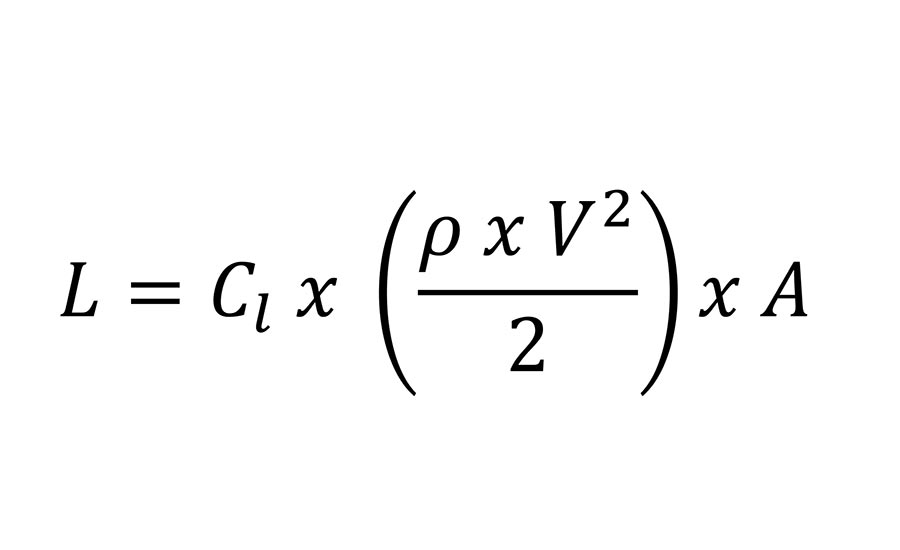When life is getting really busy, it can seem like a wind that is trying to push us backwards. I was in a meeting recently where someone used the term “sail into the wind.” It reminded me of when I was young and had a chance to go sailing; I was fascinated by the idea that a vessel could be propelled forward by the very forces that were working in the opposite direction. If it feels like everything is coming at you at once, don’t be afraid to face it head on and see where it takes you.
The idea that we do some of our best work under pressure can be tiresome for sure, especially when we are faced with what seems like never ending deadlines. Every now and then, it is a nice relief to let the “jib out” and sail downwind. If you have not sailed in a boat, going upwind is similar to what lifts an airplane. As I was doing research for this article, I learned that the model I was taught, where the differential in velocity of a fluid over two surfaces is what causes lift, may be an oversimplification. The airstreams may not reach the same point on the other side at the same time.
The formula for lift is characterized by:

Where:
L = Lift;
Cl = lift coefficient;
ρ = fluid density;
V = forward velocity; and
A = the area or the sail (or wing).
Lift coefficients are dependent on the shape of your sail or wing and the angle of attack. A good way to look at it is to ask yourself how much you are able to “shoulder in” to the tasks at hand. Lift coefficients are always less than 1.0, so you can think of them as a function of percentage. Contrary to popular belief, the highest lift coefficients are not always achieved by taking a tack that is “head on.” Consider trimming the sail or adjusting the rudder if you find your sail fluttering in the wind.
The density of air, designated by the Greek letter Rho (ρ), for sailing will be around 0.0765 lb/ft3 since this is the density of air at sea level. I am willing to barter that is where you would be doing most of your sailing. If you are going with the flying analogy, the important thing to keep in mind is that if you try and go too high above the fray where the air isn’t as thick, you may reach a point where lift becomes ineffective.
Velocity is something we should all be familiar with in Plumbing and HVAC engineering. For our discussion here, it is primary a function of the forward thrust, as with an airplane, or maximizing the forward momentum from an external force, as would be the wind in sailing. Sometimes, we are in a position where the driving force comes from within ourselves, and we are called upon to help motivate those around us. Other times, how effective we work comes from the energy of those around us and how we respond.
The last variable in the Lift equation is “A,” which is the area of our sail or wing. How big of a sail or wing we have will not necessarily help us move any faster, but it could assure that we have enough lift to carry the load. You can see from the equation that Lift is directly proportional to Area. If others tend to send more work your way than you can handle, you may want to “reef in” your sail to a point that you can handle. If you have a large wingspan and are carrying a heavy load, consider taking others “under your wing” to help with the lift.
There are other examples in engineering where we should be reminded of the effects of fluid velocity. Some of those include vortex, Venturi effect and draft. A vortex is created when flow spins around an axis. Vortices can be detrimental in submersible pump basins if the piping inlets are too close to the basin wall. The close proximity of the pump inlet to the basin wall increases the velocity and creates vortices where air gets pulled into the pump and causes cavitation. A vortex can also be beneficial when used to our advantage, as is the case with certain types of filters where higher density debris is “spun” to the outside.
Venturi effect and draft are two other concepts that can become evident in fluid systems. The Venturi effect is a reduction in fluid pressure caused by a constricted section of pipe. This increases the velocity, and the decrease in pressure can sometimes be used to our advantage. Examples of Venturi in fluid systems are for injection of dye or other chemicals. Draft is similar to Venturi, but different. Instead of inducing flow because of increased velocity, flow is induced due to a change in temperature. When hot exhaust air rises, a low-pressure zone is created and fresh cold air is brought in.
Understanding the various mysteries of how fluids behave can help us diagnose various issues we find in the field. The concept of “lift” might not apply practically to our plumbing and HVAC designs, but it did inspire me to think about our workloads and how we work together. If you are buried with what seems to be an insurmountable amount of work, if it feels like the winds are blowing you backwards, try taking a new tack and “sailing into the wind.”
You may be surprised how the dynamics of nature will propel you forward. As you experience the paradox of lift that helps an airplane fly or a sailboat “close hauled” into the wind, reach back and look for somebody else that could use a lift.


